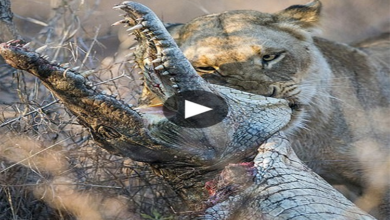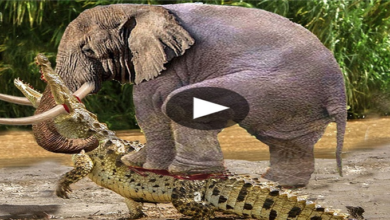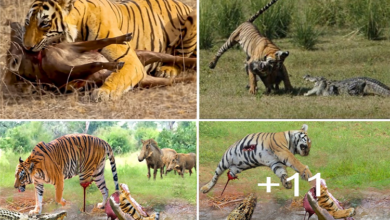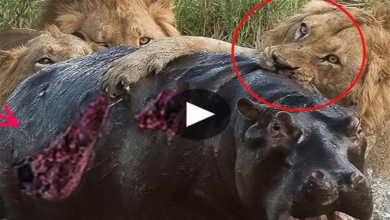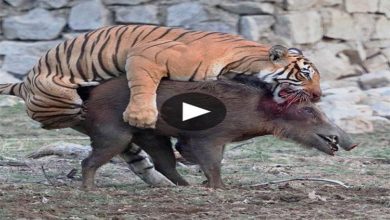Terrified of the battle of the baboon and antelope symbionts

Watch the adorable moment a troop of baboon’s babies decide to have a game of tag with a family of klipspringers sharing the same boulders!
“As bad as 2020 has become for many people, it started well for us on the first day of the year.” – Trevor Lagerwall, (66) told LatestSightings.com when he shared this incredible sighting of an interaction between baboons and klipspringers.
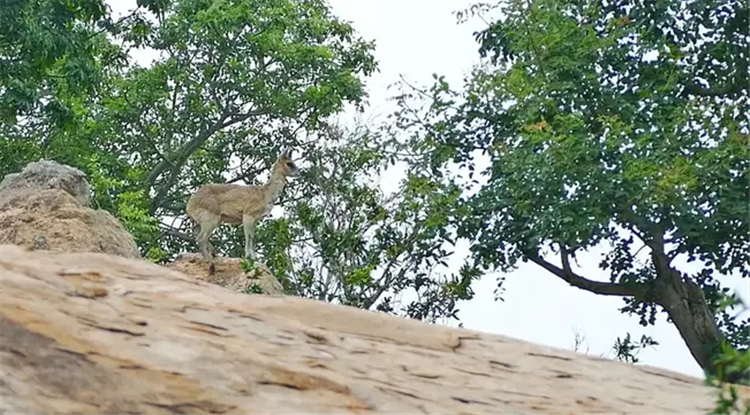
“My son and I are “Krugerholics”, so in the summer it is always a 4:30am start when the gates open. And that early start had already reaped rewards the previous two days. On the first day a pack of wild dogs trotting on a gravel road for 20 minutes and the second day a small herd of male sable antelopes sparring with each other.”
“We didn’t think our good luck of the previous two days would continue. From Pretoriuskop camp we headed up towards the road known as the Pretoriuskop circle and were lucky to see a beautiful leopard just as the summer birds were beginning their morning chorus. As we came out of the Circle Road, we decided to navigate Manungu mountain. There are almost always baboons on that mountain, and true to form, as I drove past I glibly mentioned to my son, “Baboons.”
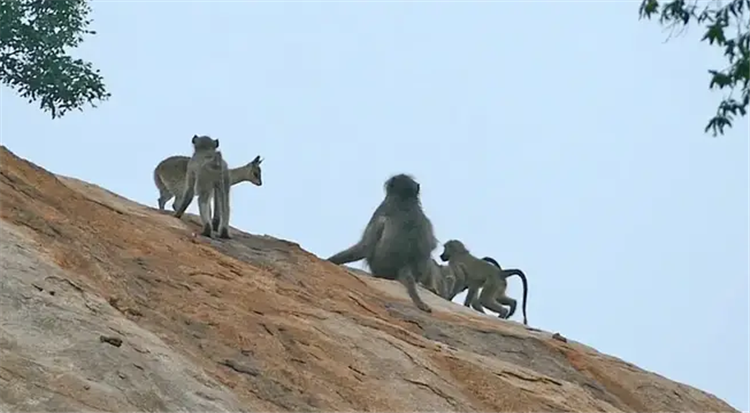
My son is a great spotter and responded, “Not just baboons, Dad, but klipspringer too. And not only that but they seem to be having a go at each other!” Of course, I slammed on the brakes to watch the spectacle.”
“I have spent over 500 nights in Kruger Park and had never seen baboons and klipspringers facing off. Even though they often share the same territory I knew this was indeed rare. Even a bushbuck in the distance seemed intrigued. Normally klipspringers are the statues of the Kruger Park mountains but before our eyes, they were in action! The troop of baboons was large and it was mostly the young “teenagers” who were taunting the two klipspringers. Perhaps it was territorial, but to us it seemed more like a game to the baboons. The klipspringers, though, did not seem too impressed and would charge the young baboons any time they got close.”
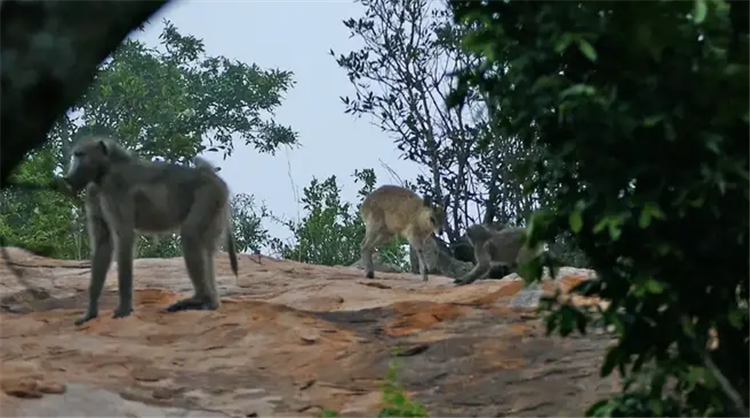
“To add to the fun, the baboons themselves were having various quarrels with a cacophony of baboon sounds emanating from Manungu mountain. Eventually, the big boss baboon decided it was time to venture down the mountain and explore the greener pastures of the summer veld, much to the relief of the two klipspringers. But for my son and me, it was a feeling of great satisfaction of seeing something so special – an interaction between two species.”
“To all who might want an experience like this, Firstly, get up early. Three early morning outings brought us wild dogs trotting, sable antelope sparring, and then a rare sighting of baboons and klipspringers having a go at each other. Oh, and a fantastic leopard sighting too.
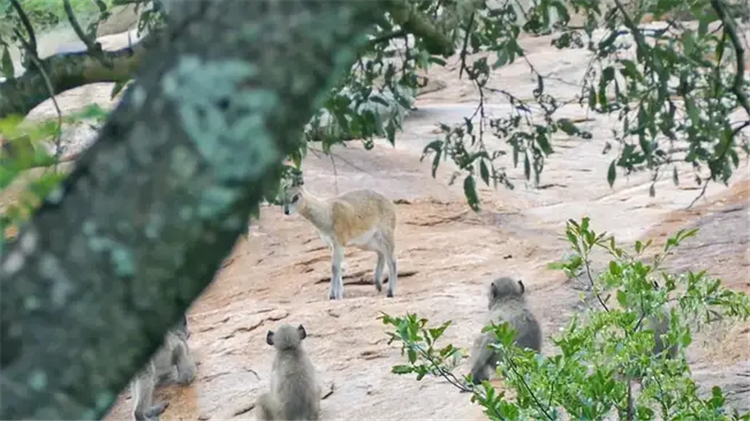
Secondly, drive slowly and don’t think “just baboons” when you see them. Yes, they are always interesting, but on occasions there is the possibility that a leopard might also be close by, or in our case a totally unexpected experience with klipspringers.”
KENYA The pack baboon catches a young antelope right in front of a wildlife photographer in the Masai Mara reserve.
Baboons and gazelles often roam side by side, alerting each other when predators approach, according to photographer Nimit Virdi, who witnessed the attack in the Masai Mara National Park in the west. south Kenya. In this case, the male baboon, weighing more than 37 kg, ate the young gazelle. With a weight of about 9 kg, the antelope weighs only a quarter of it.
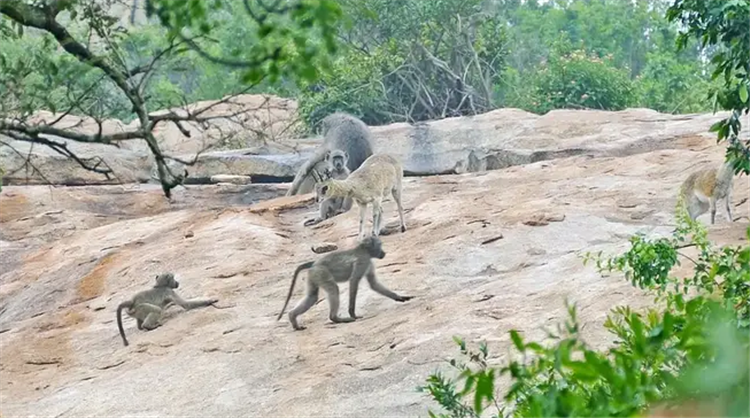
When the adult baboon finished eating, a smaller monkey took the rest of the carcass away. Virdi shared that he has never seen anything like this during his time photographing nature.
Both baboons and gazelles face threats from big cats and many other predators. But baboons also eat smaller animals, plants and crops, so they are viewed as pests by locals. As a result, they are hunted and poisoned, and lose their habitat due to development projects. In recent years, the number of this species has increased again thanks to conservation efforts.

Baboons can live an average of 30 years, according to the management of the Maasai Mara reserve. Their natural enemies include lions, leopards, wild dogs, hyenas, chimpanzees and crocodiles. They move on all fours and gather in herds ranging from 20 to more than 100 members, depending on the amount of food available nearby. Males have much larger fangs than females, often leaving the group around age 4 and developing their own flocks. Females remain in the flock where they were born.

